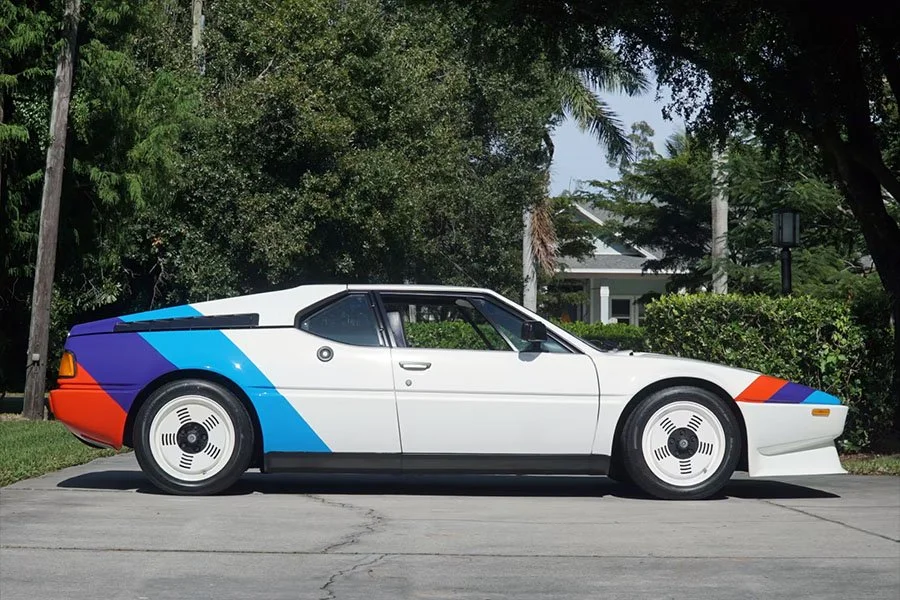One to Buy: ex-BMW France 1988 Prodrive BMW E30 M3 Gr.A
/ Ben Tyer
Having created the 911 SC RS for Porsche and Rothmans, Prodrive had a brief dalliance with the MG Metro 6R4 during the Group B era, after which the Banbury firm switched their attention to the Group A BMW E30 M3.
In addition to running M3s in the British Touring Car Championship (where three consecutive titles were collected between 1988 and ‘90), Prodrive also developed a trick rally version that proved enormously effective on tarmac events.

Just eleven examples of the much-modified Prodrive E30 M3 were built, a famous albeit re-shelled example of which is currently on offer at the Historic Cars showroom in Paris: chassis P88-015.
Originally supplied to BMW France for Francois Chatriot and Michel Perrin for the 1988 season, P88-015 most significantly placed fourth on that year’s Tour de Corse (round five of the World Rally Championship) and also took a brace of wins in the French Rally Championship (the Rallye des Garrigues-Languedoc-Roussillon and the Rallye Alsace-Vosges).

In addition, Marc Duez and Pierre Thimonier finished third driving P88-015 on the 1988 Ypres 24 Hours Rally. Alain Lopes then joined Duez for the 1989 Tour de Corse when the M3 placed sixth wearing FINA colours instead of the Bastos livery used the previous year.
After an accident in 1994, a new MATTER bodyshell of the type originally supplied to Prodrive was used to rebuild the car. It continued to compete until the early 2000s, at which point P88-015 was acquired by the current owner who subsequently had it restored to 1988 trim.


















































